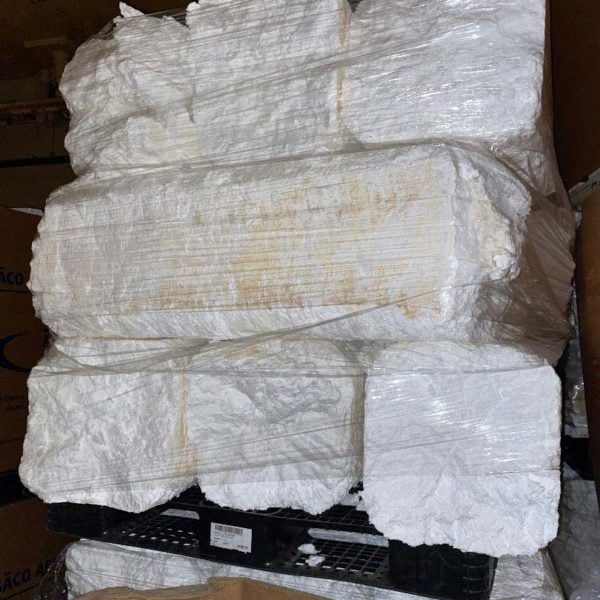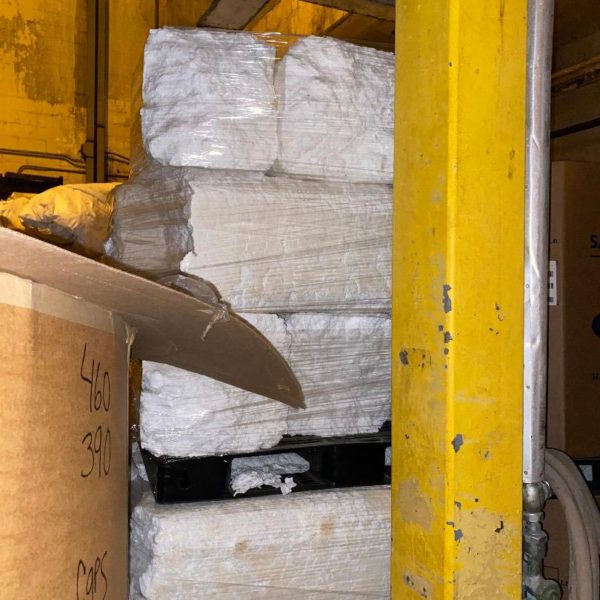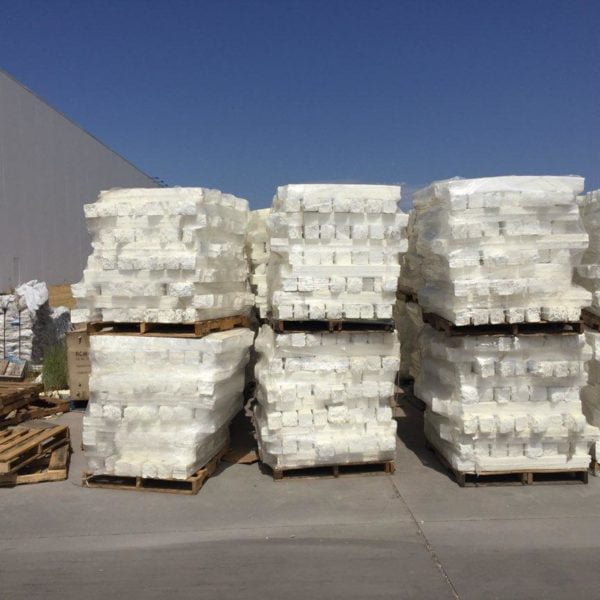Plastic pollution is one of the most significant environmental challenges that the world is currently facing. The excessive use of plastic products and the lack of effective waste management solutions have led to significant damage to the environment. As a result, there is an increasing need to recycle and properly dispose of plastics to mitigate the negative impacts of plastic pollution. In this article, we will explore the topic of Plastic #6 – Polystyrene Recycling, including what it is, the recycling symbol, the importance of recycling, and more.
Quick Navigation
- What is PS plastic?
- Polystyrene symbol
- Polystyrene plastic recycling
- Polystyrene plastic examples
- Is Styrofoam 6 Recyclable?
- Packaging Polystyrene
What is PS plastic?
PS plastic is also known as polystyrene, which is a thermoplastic polymer that is commonly used in packaging materials, disposable cutlery, CD cases, and other consumer goods. Polystyrene is lightweight, inexpensive, and easy to mold, which makes it a popular choice for manufacturers. However, it is not biodegradable, which means that it can persist in the environment for hundreds of years.
Polystyrene symbol
 Polystyrene symbol have number 6 recycling symbol is an abbreviation for polystyrene and is represented by three chasing arrows with the number 6 in the center. The symbol is used to identify plastic products that are made from polystyrene and to encourage recycling.
Polystyrene symbol have number 6 recycling symbol is an abbreviation for polystyrene and is represented by three chasing arrows with the number 6 in the center. The symbol is used to identify plastic products that are made from polystyrene and to encourage recycling.
Polystyrene plastic recycling
Recycling polystyrene can be a challenging process due to its lightweight and bulky nature. However, it is important to recycle polystyrene to reduce its negative impact on the environment. The recycling process for polystyrene involves the following steps:
- Collection: The first step in recycling polystyrene is to collect the waste material. This can be done through curbside recycling programs, drop-off locations, or specialized recycling facilities.
- Sorting: Once the polystyrene waste is collected, it is sorted to remove any contaminants such as food waste, dirt, or other materials.
- Compacting: The polystyrene waste is then compacted to reduce its volume and make it easier to transport.
- Melting: The compacted polystyrene is then melted down and molded into new products, such as picture frames, CD cases, and insulation.
Polystyrene plastic examples
Polystyrene is used in a wide range of consumer goods, including packaging, disposable cutlery, and CD cases. Some common examples of products made from number 6 plastic include:
- Styrofoam cups and containers
- Meat trays
- Packing peanuts
- Insulation
- Disposable cutlery
- CD cases
Is Styrofoam 6 Recyclable?
Styrofoam, also known as expanded polystyrene, is a type of number 6 plastic that is commonly used in packaging materials. However, Styrofoam is not easily recyclable due to its lightweight and bulky nature. Some recycling facilities may accept Styrofoam, but it is often not cost-effective to recycle it. As a result, it is important to reduce the use of Styrofoam products and properly dispose of them to prevent them from ending up in the environment.
Packaging Polystyrene
Packaging polystyrene is a type of number 6 plastic that is commonly used in packaging materials such as foam trays, meat trays, and packing peanuts. Although polystyrene packaging is lightweight and inexpensive, it is not biodegradable and can persist in the environment for hundreds of years. As a result, it is important to reduce the use of polystyrene packaging and to properly dispose of it through recycling or waste management facilities.
What is number 6 plastic?
Number 6 plastic is polystyrene, a lightweight and inexpensive thermoplastic polymer commonly used in packaging materials, disposable cutlery, CD cases, and other consumer goods. However, it is not biodegradable, which can cause negative environmental impacts.
Сan number 6 plastic be ♻ recycled?
Yes, number 6 plastic (polystyrene) can be recycled, but it can be challenging due to its lightweight and bulky nature. However, it is important to recycle polystyrene to reduce its negative impact on the environment.
What are type 6 plastic examples?
Type 6 plastic is also known as polystyrene and is used in a variety of products, such as packaging materials, disposable cutlery, CD cases, and meat trays. Some common examples of products made from type 6 plastic include Styrofoam cups and containers, packing peanuts, insulation, and disposable cutlery. While polystyrene products are lightweight and inexpensive, they can have negative impacts on the environment due to their non-biodegradable nature.
 Polystyrene symbol have number 6 recycling symbol is an abbreviation for polystyrene and is represented by three chasing arrows with the number 6 in the center. The symbol is used to identify plastic products that are made from polystyrene and to encourage recycling.
Polystyrene symbol have number 6 recycling symbol is an abbreviation for polystyrene and is represented by three chasing arrows with the number 6 in the center. The symbol is used to identify plastic products that are made from polystyrene and to encourage recycling.


